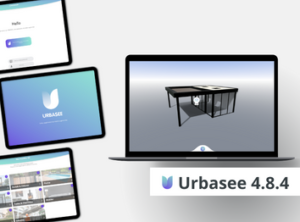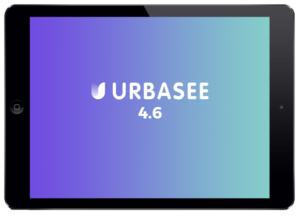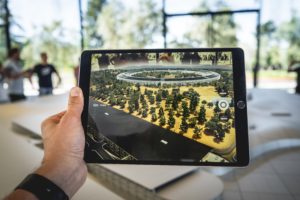La réalité augmentée : nouvel outil pour la formation professionnelle

Après avoir envahi des secteurs comme l’industrie, les loisirs ou encore le retail, la réalité augmentée s’empare dorénavant de la formation professionnelle. Cette technologie est aujourd’hui suffisamment mature pour proposer une expérience enrichissante pour l’élève et donc une valeur ajoutée pour la pédagogie.
Des outils pédagogiques en réalité augmentée déjà éprouvés
La projection en réalité augmentée permet de vérifier le travail de l’élève. En effet, avec une option de transparence, l’enseignant peut superposer le modèle 3D sur la réalisation de l’étudiant. On peut ainsi facilement détecter les malfaçons et faire comprendre les erreurs de l’élève.
La réalité augmentée au sein de l’éducation n’est pas une réelle nouveauté. En effet, certaines classes de collèges utilisent déjà des outils en réalité augmentée de manière expérimentale. Il s’agit avant tout d’un complément, notamment pour créer un regain d’intérêt des élèves en les laissant interagir et expérimenter librement les contenus. Plusieurs solutions ont déjà été testées et les constats sont sans appels : l’aspect ludique et novateur capte irrémédiablement l’attention des utilisateurs et provoque un meilleur engagement de leur part. On retrouve ce type d’outil principalement pour des matières comme les technologies, les sciences ou encore l’histoire.
Apple, dans sa campagne de communication autour de sa plateforme de réalité augmentée ARkit, met d’ailleurs largement en avant ces applications destinées à l’apprentissage. Plusieurs vidéos présentant des contenus destinés à l’apprentissage des plus jeunes sont d’ailleurs mises en avant sur le site officiel du géant californien.
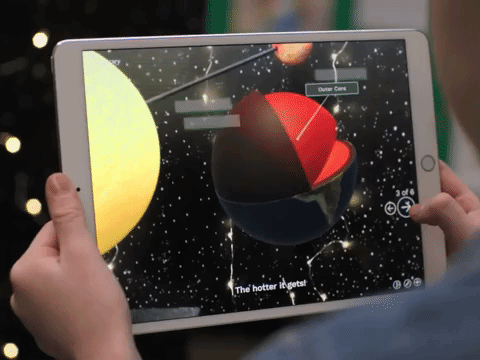
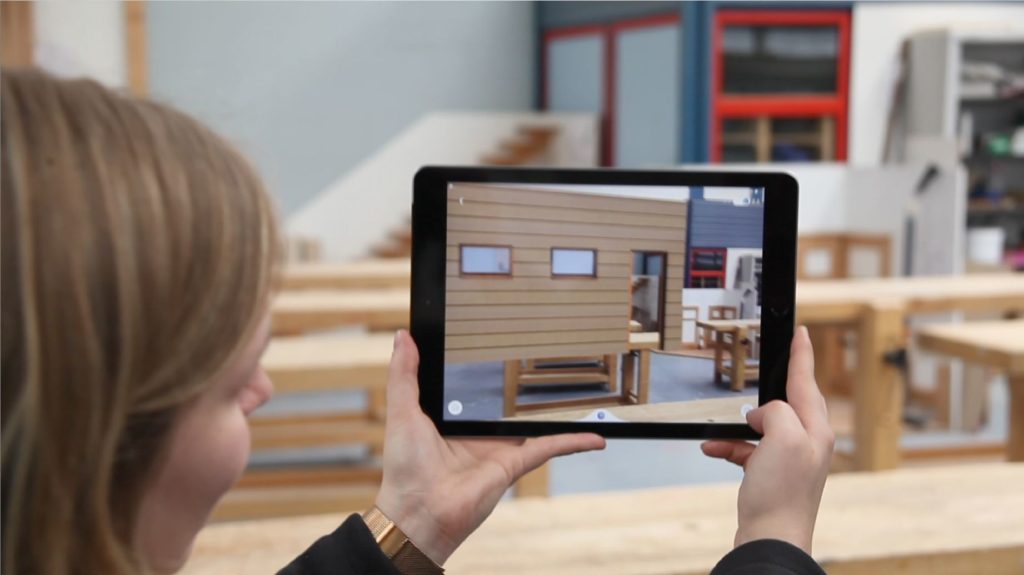
Que ce soit dans les filières du bois, ou du BTP, le constat des professeurs en formation professionnelle est simple : les étudiants avaient beaucoup de mal à construire mentalement une représentation 3D de leur support d’étude. En effet, ceux-ci travaillant la plupart du temps sur des prototypes, ils doivent au préalable conceptualiser le projet d’étude avant de le réaliser concrètement.
C’est ici qu’Urbasee et sa réalité augmentée interviennent. En donnant la possibilité de visualiser le projet d’étude en 3D, les élèves se fabriquent cette représentation mentale. Devant eux apparait le projet en réalité augmentée, à taille réduite ou réelle selon le besoin.
La visualisation à taille réduite permet de partager sur le support d’étude lors des phases d’approfondissement en cours. La visualisation à taille réelle (échelle 1) donne quant à elle un aperçu concret du projet. Les élèves ont sous leurs yeux le projet final et se rendent compte de la taille de l’ouvrage avant de le réaliser. Il suffit de regarder à travers la tablette ou le smartphone, se déplacer autour du projet, et observer plus précisément ce que l’on souhaite de n’importe quel point de vue.
De plus, la transparence du modèle 3D à l’échelle 1 proposée par URBASEE permet l’auto-évaluation de chaque élève. En effet, avec cette fonctionnalité, il est possible de superposer un modèle 3D sur une construction. L’apprenant peut ainsi facilement détecter les malfaçons et comprendre ses erreurs.
Au-delà des avantages purement techniques, l’aspect ludique de ce type d’application développe l’engagement des élèves.

